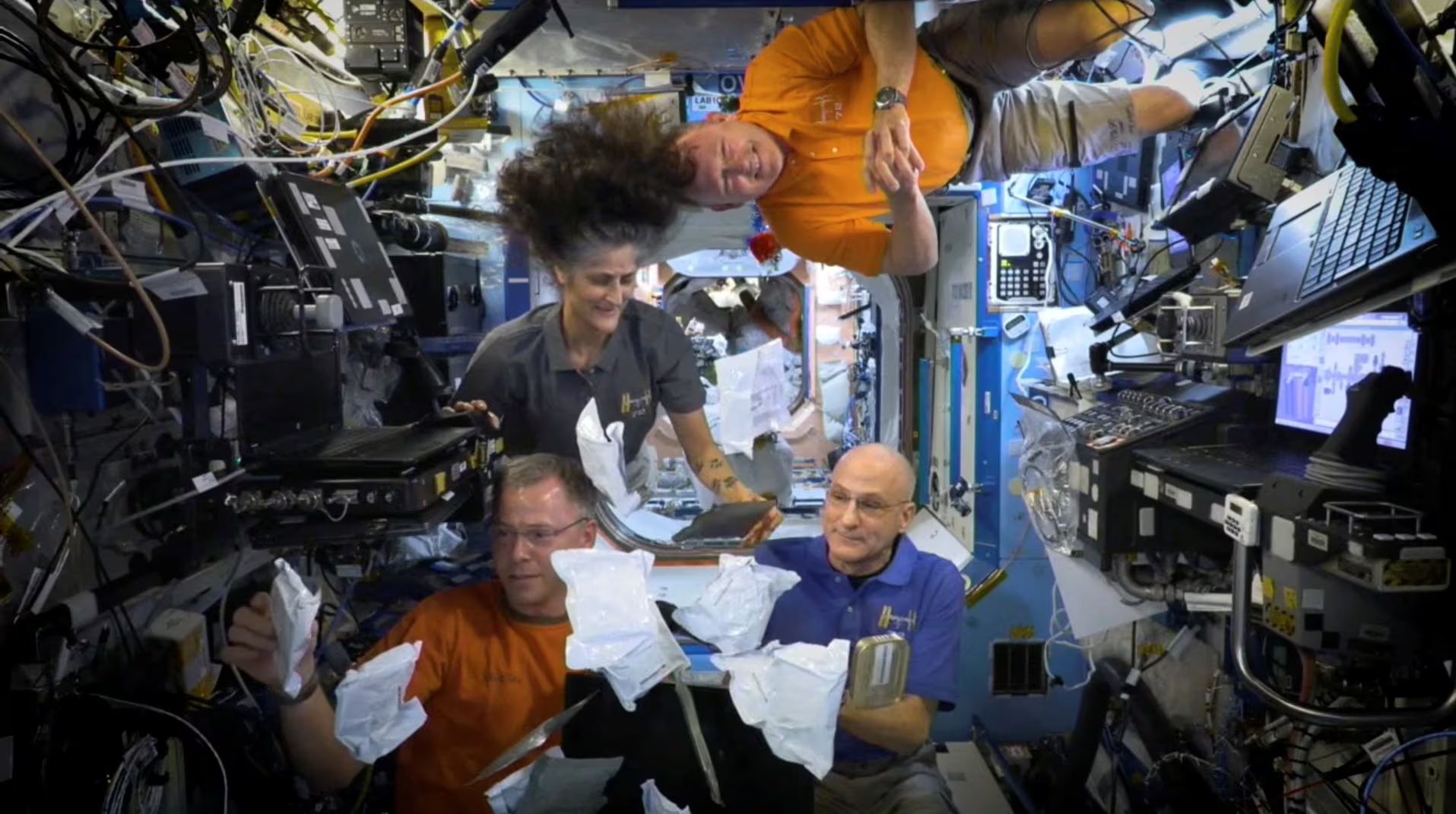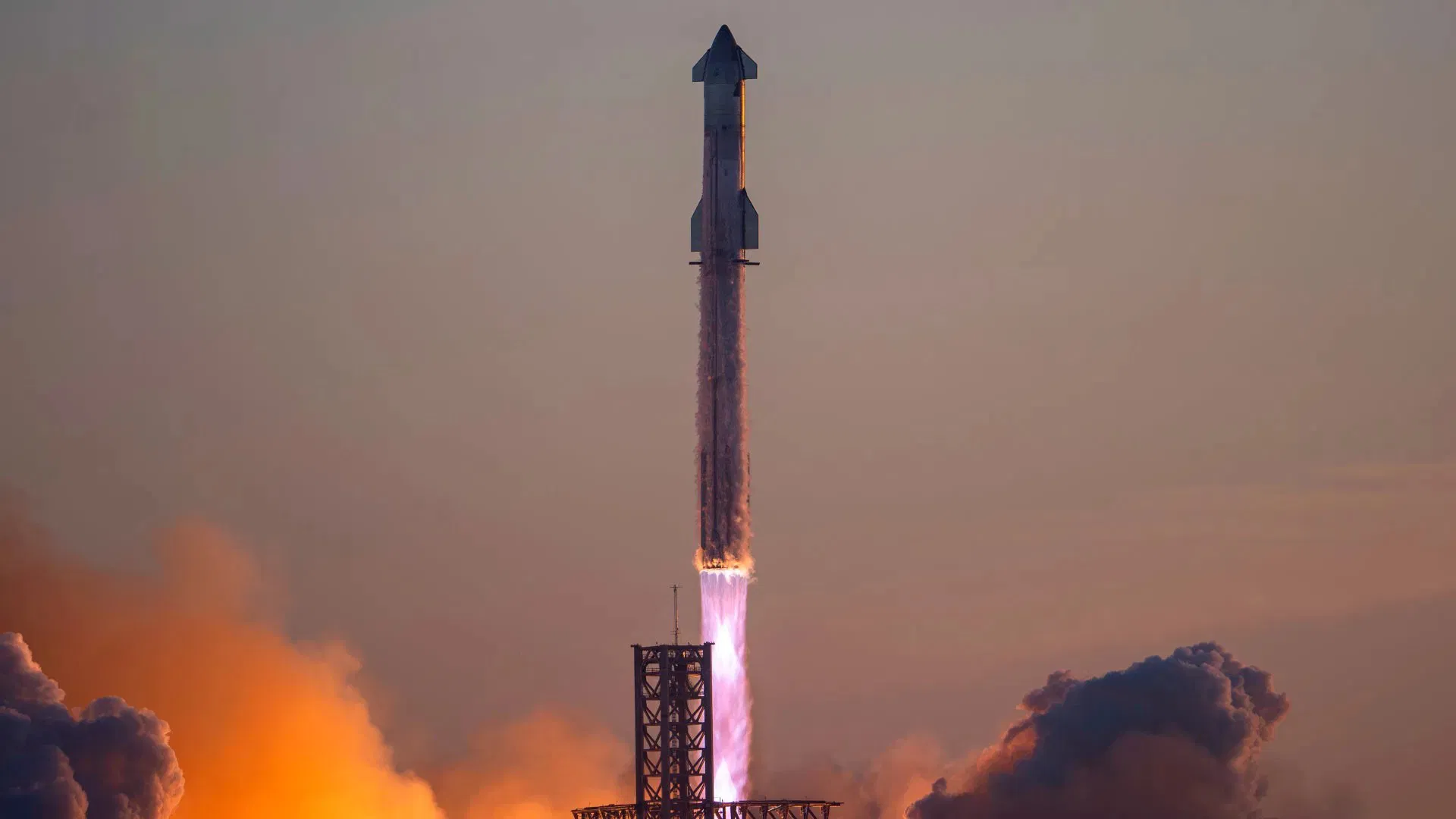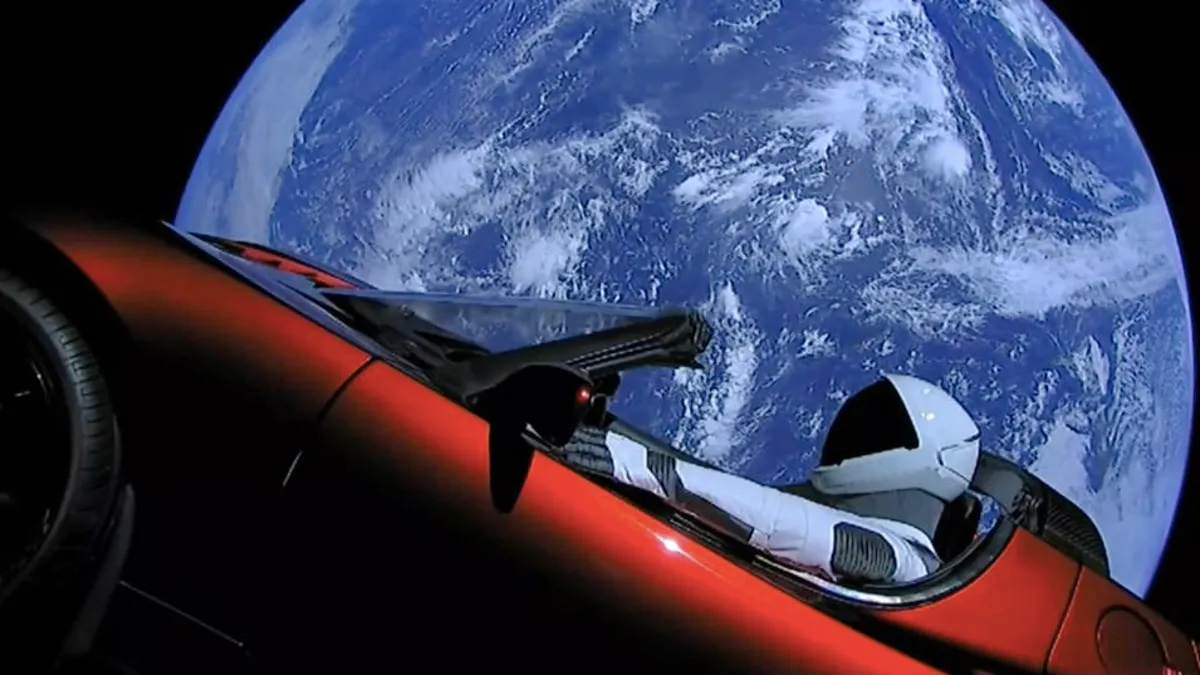NASA and SpaceX are gearing up for yet another milestone mission with the upcoming launch of Crew-10 to the International Space Station (ISS). The mission, scheduled for March 12, 2025, from Kennedy Space Center in Florida, marks the tenth crewed operational mission under NASA’s Commercial Crew Program. With a team of highly skilled astronauts, advanced spacecraft technology, and ambitious scientific goals, Crew-10 is set to contribute significantly to ongoing space exploration and research.
The Significance of Crew-10
The Crew-10 mission is crucial for maintaining continuous human presence aboard the ISS. As part of NASA’s partnership with SpaceX, the mission will utilize a Crew Dragon spacecraft launched atop a Falcon 9 rocket. Crew-10 represents another step in expanding human spaceflight capabilities and furthering scientific research conducted in the microgravity environment of the ISS.
This mission will support various scientific experiments, technology demonstrations, and international collaborations that are pivotal for future deep-space exploration missions, including NASA’s Artemis program aimed at returning humans to the Moon and, eventually, sending astronauts to Mars.
Crew-10 Astronauts
The Crew-10 team comprises four astronauts, including NASA astronauts and international partners. Each member brings unique expertise to the mission, contributing to research, spacecraft operations, and extravehicular activities (EVAs). The crew lineup is as follows:
- Commander [Astronaut Name] (NASA): Leading the mission with extensive experience in spaceflight and previous ISS expeditions.
- Pilot [Astronaut Name] (NASA): A skilled astronaut responsible for assisting with navigation and spacecraft operations.
- Mission Specialist 1 [Astronaut Name] (International Partner – ESA, JAXA, or Roscosmos): Bringing global collaboration to the forefront of ISS research.
- Mission Specialist 2 [Astronaut Name] (NASA/International Partner): Focused on scientific research, EVAs, and ISS maintenance.
SpaceX’s Crew Dragon: Advanced Spacecraft Technology
The Crew Dragon spacecraft is designed to transport astronauts to and from the ISS safely. Since its first operational mission, Crew Dragon has proven its reliability and efficiency in human spaceflight. The spacecraft includes:
- Autonomous docking capability: Reducing manual intervention for ISS rendezvous.
- Advanced life support systems: Ensuring astronauts remain safe and comfortable throughout their journey.
- Emergency abort system: Capable of safely separating from the launch vehicle in case of an anomaly.
- Touchscreen controls: Providing astronauts with modern navigation and operational interfaces.
The Falcon 9 rocket, a reusable launch vehicle, will propel Crew Dragon into orbit. Its ability to land and be reused significantly reduces mission costs and increases launch frequency.
Scientific Research and Experiments
Crew-10 will conduct a range of scientific experiments covering various fields, including:
- Biological and medical research: Studying the effects of microgravity on human physiology, including muscle atrophy and bone density loss.
- Materials science: Testing new materials for durability and performance in space conditions.
- Technology demonstrations: Assessing new systems for long-duration space missions.
- Earth and space observations: Monitoring climate change, weather patterns, and cosmic phenomena.
These experiments contribute to our understanding of space environments, preparing for future missions beyond low Earth orbit.
Launch Timeline and Preparations
The timeline leading up to the launch includes several critical phases:
- Final Crew Training: Astronauts undergo rigorous simulations, safety drills, and operational training.
- Spacecraft Integration and Testing: Engineers conduct pre-launch checks to ensure Crew Dragon’s systems are fully operational.
- Static Fire Test: The Falcon 9 rocket undergoes a test to validate its performance before launch day.
- Countdown and Launch: The final countdown sequence includes fueling the rocket, crew ingress, and system checks before liftoff.
The launch will take place from Kennedy Space Center’s historic Launch Complex 39A, a site used for previous Apollo and Shuttle missions.
The Journey to the ISS
After launch, Crew-10 will embark on a 24-hour journey to the ISS, during which they will:
- Conduct in-orbit checkouts of Crew Dragon’s systems.
- Maneuver for autonomous docking with the ISS.
- Transfer to the ISS and begin their six-month mission.
The crew will work alongside the current ISS team, ensuring seamless operations and handover of responsibilities.
International Collaborations and Future Missions
Crew-10 embodies international cooperation in space exploration. NASA, along with agencies like ESA, JAXA, and Roscosmos, continues to work toward advancing human presence in space. The knowledge gained from Crew-10 will help shape upcoming missions, including the Artemis lunar program and eventual Mars expeditions.
Conclusion
The NASA-SpaceX Crew-10 mission represents another significant step in human spaceflight, demonstrating advancements in technology, scientific research, and international collaboration. As the March 12 launch date approaches, excitement builds for yet another successful journey to the ISS. With continued innovation and dedication, missions like Crew-10 bring us closer to the future of deep-space exploration and the dream of extending human presence beyond Earth’s orbit.



